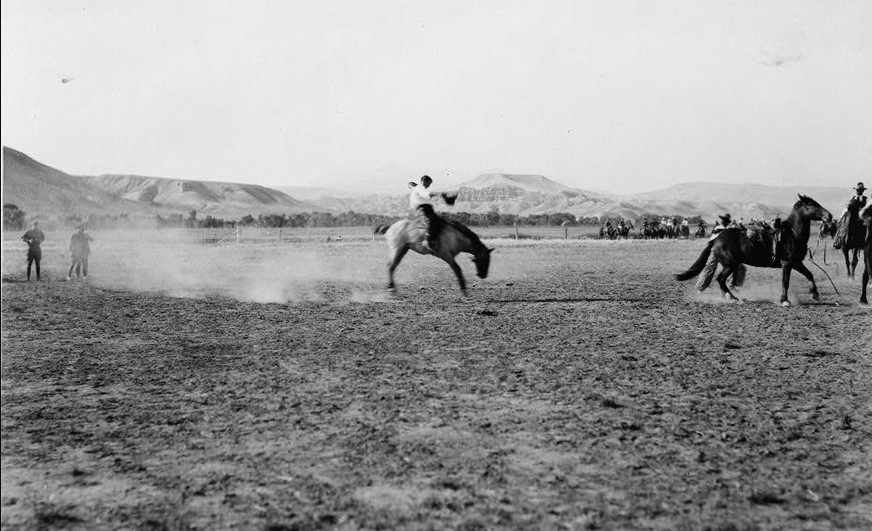
In our last piece on important Black History, Buffalo Soldiers: America’s Complicated Heroes, we shared that previously enslaved Black men and women were given the chance at a new life after the eradication of the transatlantic slave trade. Many became cowboys – in fact, it’s estimated that some 25 percent of working cowboys were Black.
It made sense. From their time in slavery, many had worked as ranch hands and cattle drivers in the Southern states. The ability to work with and manage livestock was vital when they migrated westward after the Civil War in 1866 to seek employment and liberation in the Western territories.
The mergence of what we know today as “cowboys”, (defined as animal herders who tend cattle on ranches), was not only born out of the necessity to tame the West and commercialize its booming agricultural development. Black cowboys would find purpose and identity after enslavement.
The huge and growing demand for skilled cattle workers in the West presented Black Americans with unprecedented opportunities. Early on, these cowboys found work on cattle ranches as ropers, trail cooks, wranglers, and drovers, driving herds of cattle across long distances to markets or railheads.
Being a cowboy already came with its share of challenges. it was common to experience physical injuries (falls, or being kicked or trampled by animals), harsh environmental conditions (heatwaves or hypothermia), limited access or rations of food and water, and confrontations with trespassers, but Black cowboys also faced racism from white counterparts (or segregation).










